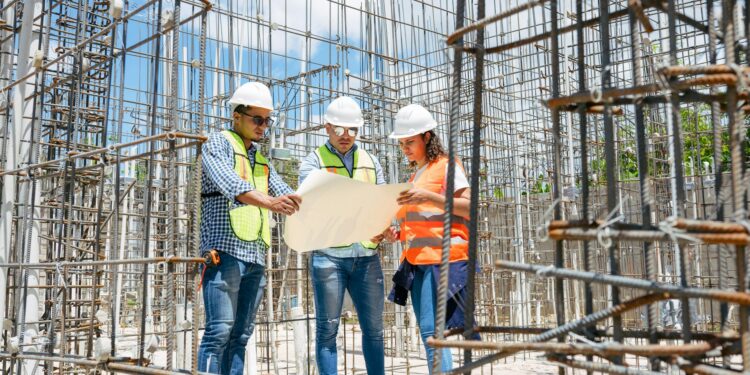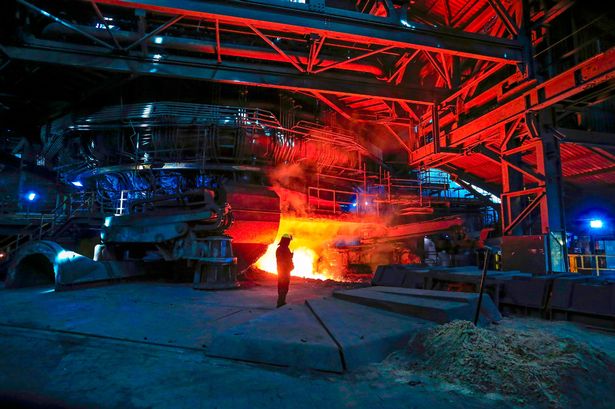Work environments, such as construction sites, are often bustling with activity and people. However, this is just one aspect of it, as such environments also come with a fair bit of pollution, safety and health risks. This can affect worker productivity, as well as their physical and mental well-being, leading to lower morale.
Needless to say, but without proper amenities, hygiene facilities, and a place to rest and eat, working in environments like these can be highly uncomfortable. Besides, providing a clean and hygienic space for workers is a legal requirement. This helps employers comply with frameworks like the Construction (Health, Safety and Welfare) Regulations 1996 and Construction (Design and Management) Regulations (CDM 2015).
Thankfully, welfare facilities these days can address these on-site challenges effectively, ensuring worker well-being, boosting their morale and reducing accidents. With companies like Hireforce Welfare providing modern welfare units with an office, you can ensure a more holistic working experience for your on-site staff.
In this article, we discuss the benefits of having an on-site welfare unit.
Legal Compliance
As mentioned earlier, welfare units help with regulatory compliance, as violations can invite heavy penalties and even stop projects from going forward until issues are resolved. Legal compliance is a non-negotiable, one that needs to be taken seriously.
This is particularly important to demonstrate your project’s commitment to worker welfare and earn their trust. So if you’re a principal contractor of a construction project, it’s part of your legal duty to ensure that your workers and subcontractors have access to suitable and sufficient welfare facilities.
Doing this will also keep you audit-ready for inspections from the authorities at the health and safety executive (HSE) board. While these are necessities, the right to access clean and hygienic facilities is also a fundamental human right.
Protecting Worker Health
Construction sites and other outdoor work areas can be filled with various types of contaminants. These could include silica and asbestos dust from demolition processes, volatile organic compounds (VOCs), concrete washouts that contain harmful chemicals, vehicle fluids and more. Additionally, construction waste and debris also increase the risk of safety hazards.
Even quality materials sourced can generate fine dust and particulate matter, which can pose respiratory risks. In such environments, protecting worker health may seem like a daunting task. However, welfare units can provide a much-needed breather to workers, giving them a space to wash and clean themselves.
Maintaining hygiene is key to preventing health risks that may arise from the day-to-day handling of toxic construction waste or inhaling polluted air. This reduces the risk of conditions like chemical burns, respiratory issues, skin conditions, lead poisoning, ingestion of heavy metals, etc.
Plus, welfare units come equipped with facilities to heat food and boil water, which allows workers to always have hot meals in clean conditions.
Improved Productivity
Working on construction sites can be physically and mentally exhausting, as it often involves long and intense hours of labour in dusty environments. This can be further aggravated during hotter weather, when it’s easy to tire out. As a result, workers often experience chronic fatigue and feel mentally low, especially on remote sites that are cut off from the hustle and bustle of daily life.
This is where welfare units truly shine, as they provide workers with a clean and hygienic place to rest and recover, which is crucial in reducing fatigue and preventing needless accidents. These units are well-ventilated and have temperature control features that allow workers to adjust heating and cooling as needed.
Since all amenities are under one roof, workers do not have to leave the site for basic facilities, which also ends up reducing worker downtimes. This way, your project stays on schedule. Plus, when you invest in a welfare unit, you signal to your workers that their well-being is a priority, which can boost their morale and loyalty.
Flexibility, Security and Risk Management
Today, modern welfare units provide flexibility, which makes them well-suited to a dynamic environment such as a construction site. From being equipped with features like solar panels and integrated water recycling systems to using low-flow toilets and increased insulation, welfare units are proving to be eco-friendly, mobile solutions.
Plus, with secure changing rooms and lockers, workers don’t have to worry about their belongings being stolen or lost, as they can store items safely. This gives them peace of mind and alleviates any anxiety.
Since welfare units provide a safe, clean and hygienic space, they’re also incredibly useful in emergencies to meet immediate sanitation or first aid needs. This can be critical in situations where workers are hit by sudden extreme weather events or have an accident.
Summing Up
Modern welfare units go beyond providing a safe space for workers and protecting their health. They’re a cost-effective solution that offers flexibility and mobility while meeting regulatory compliance. As the country gears up to meet its net-zero targets, these welfare units are also playing a vital role in addressing sustainability concerns amidst a backdrop of growing environmental regulations.





















